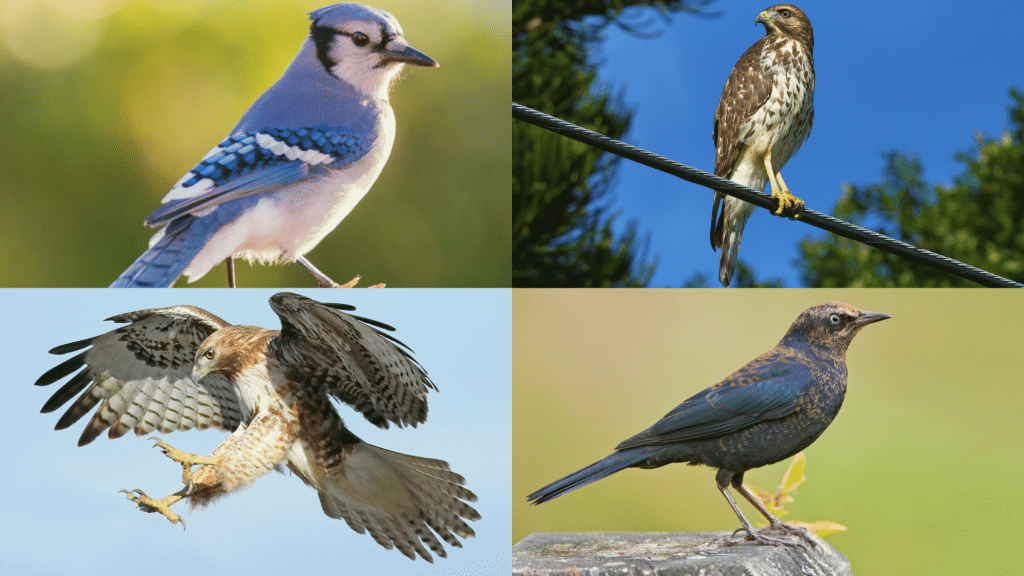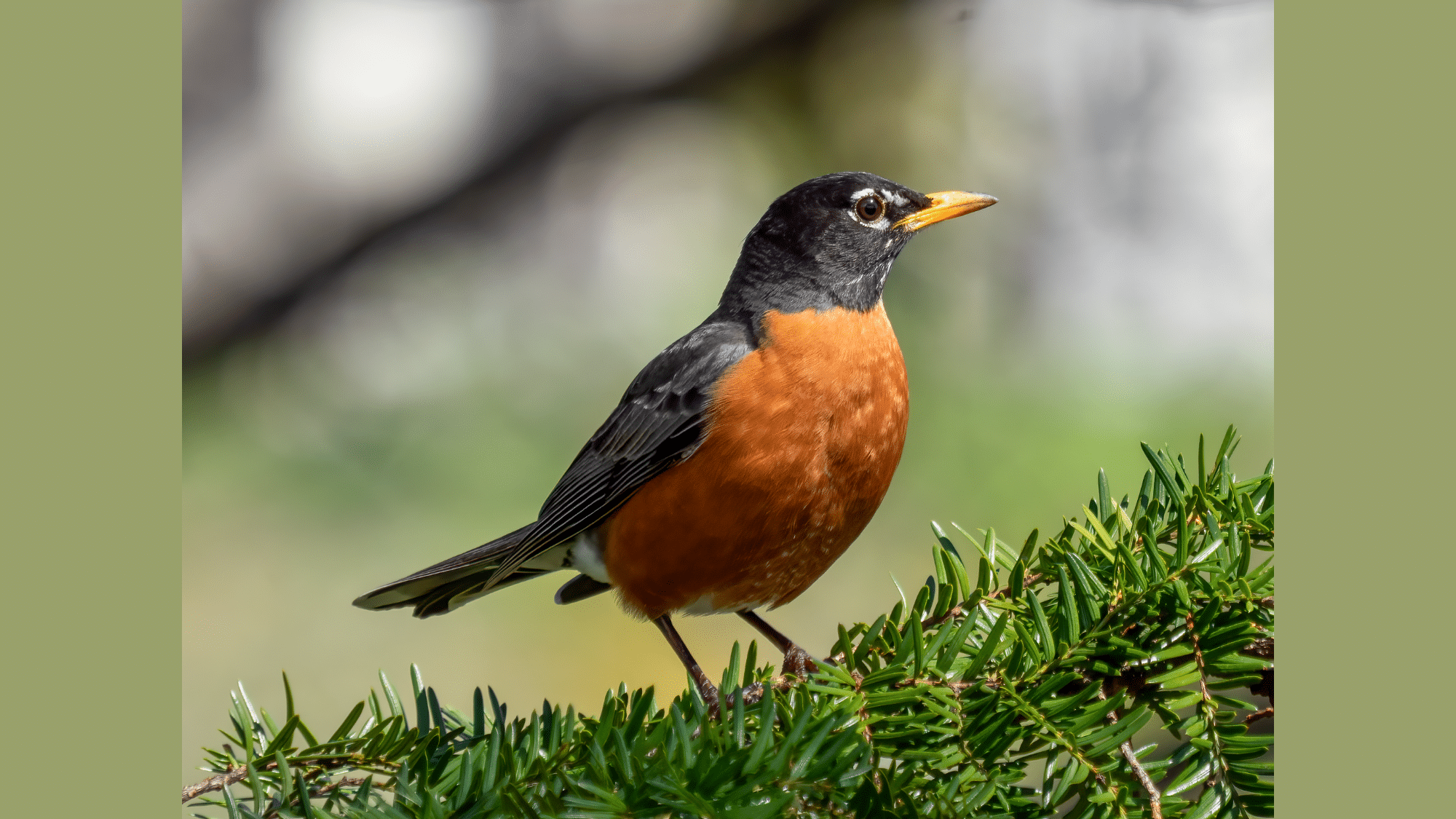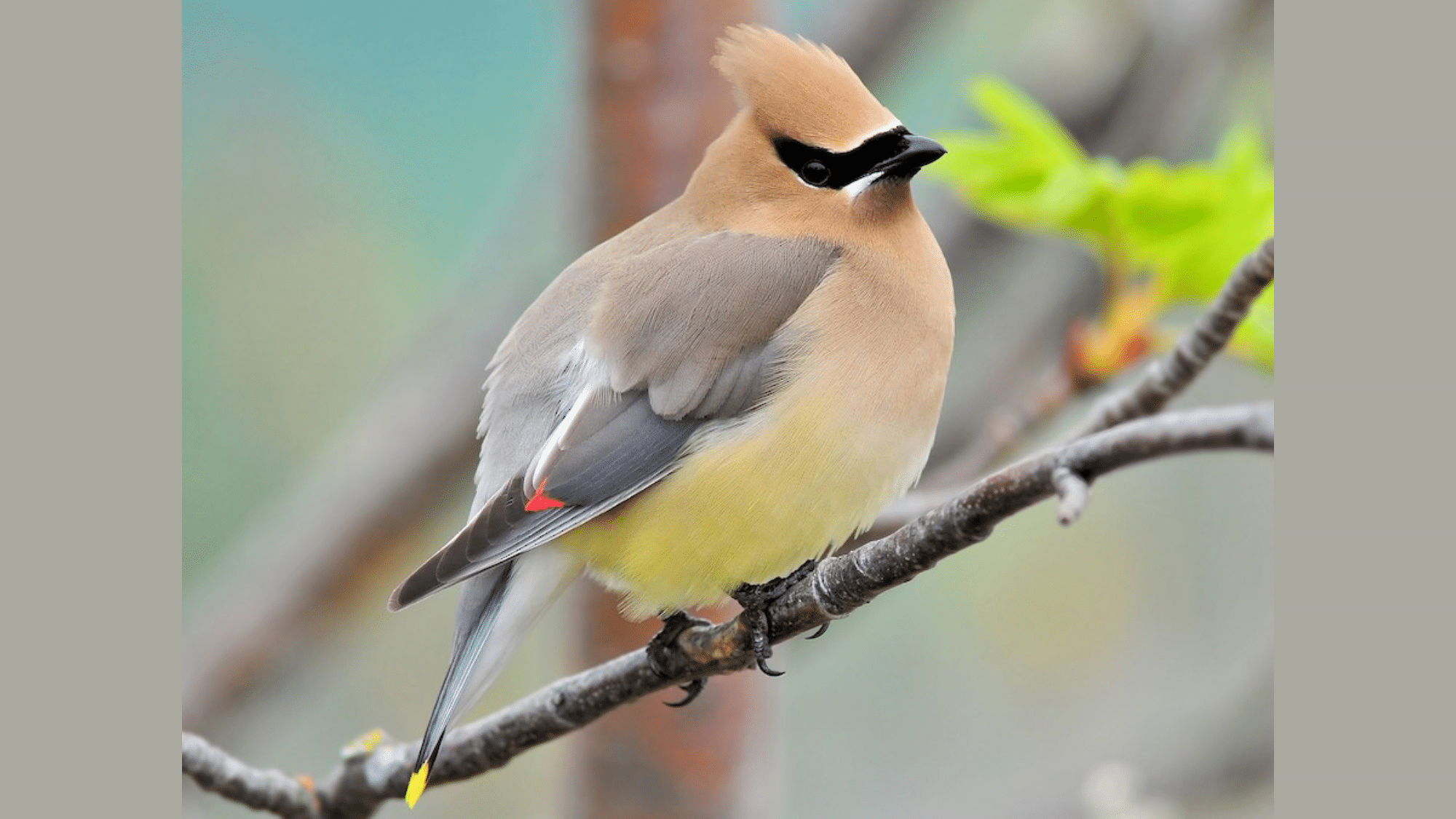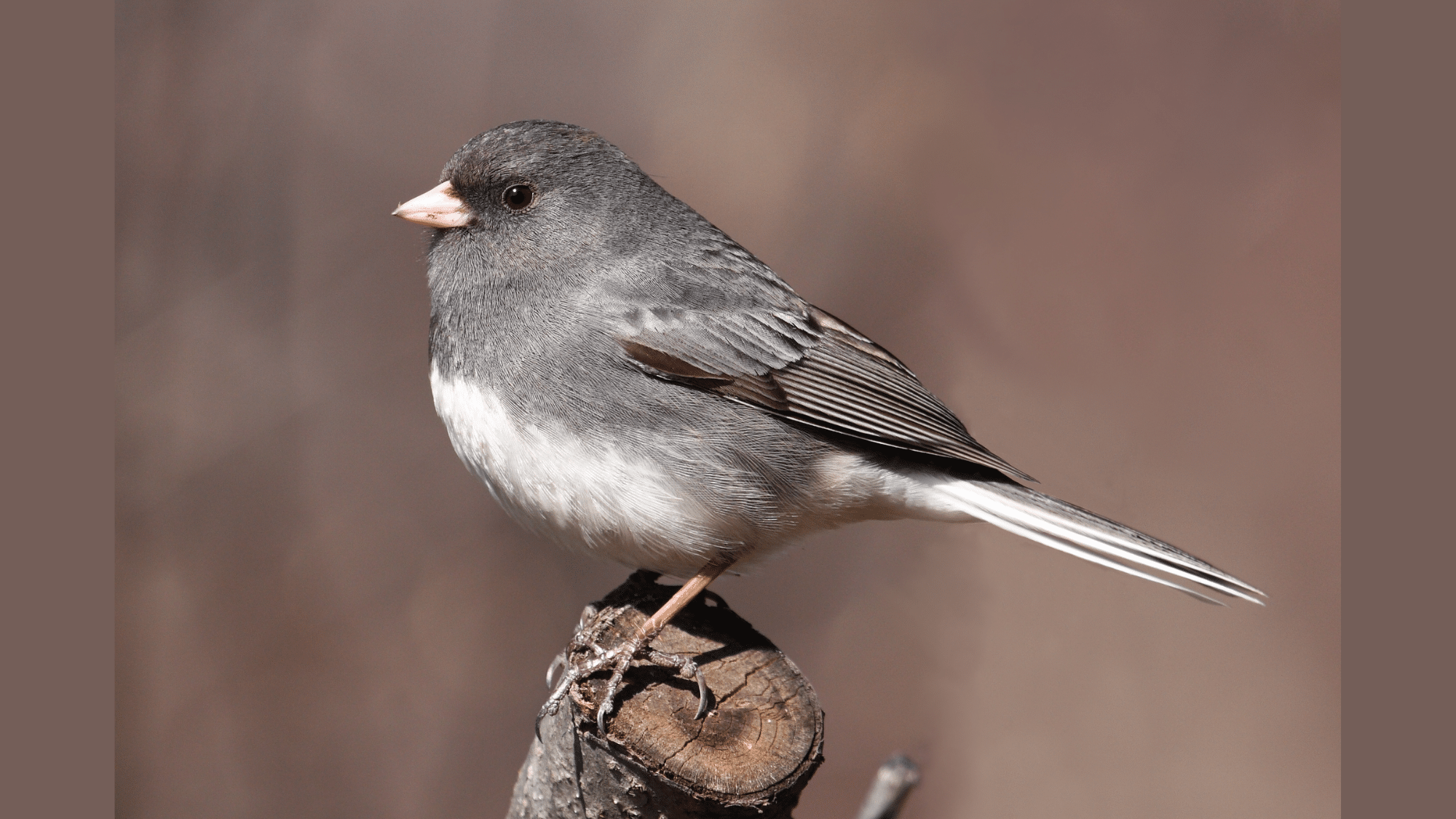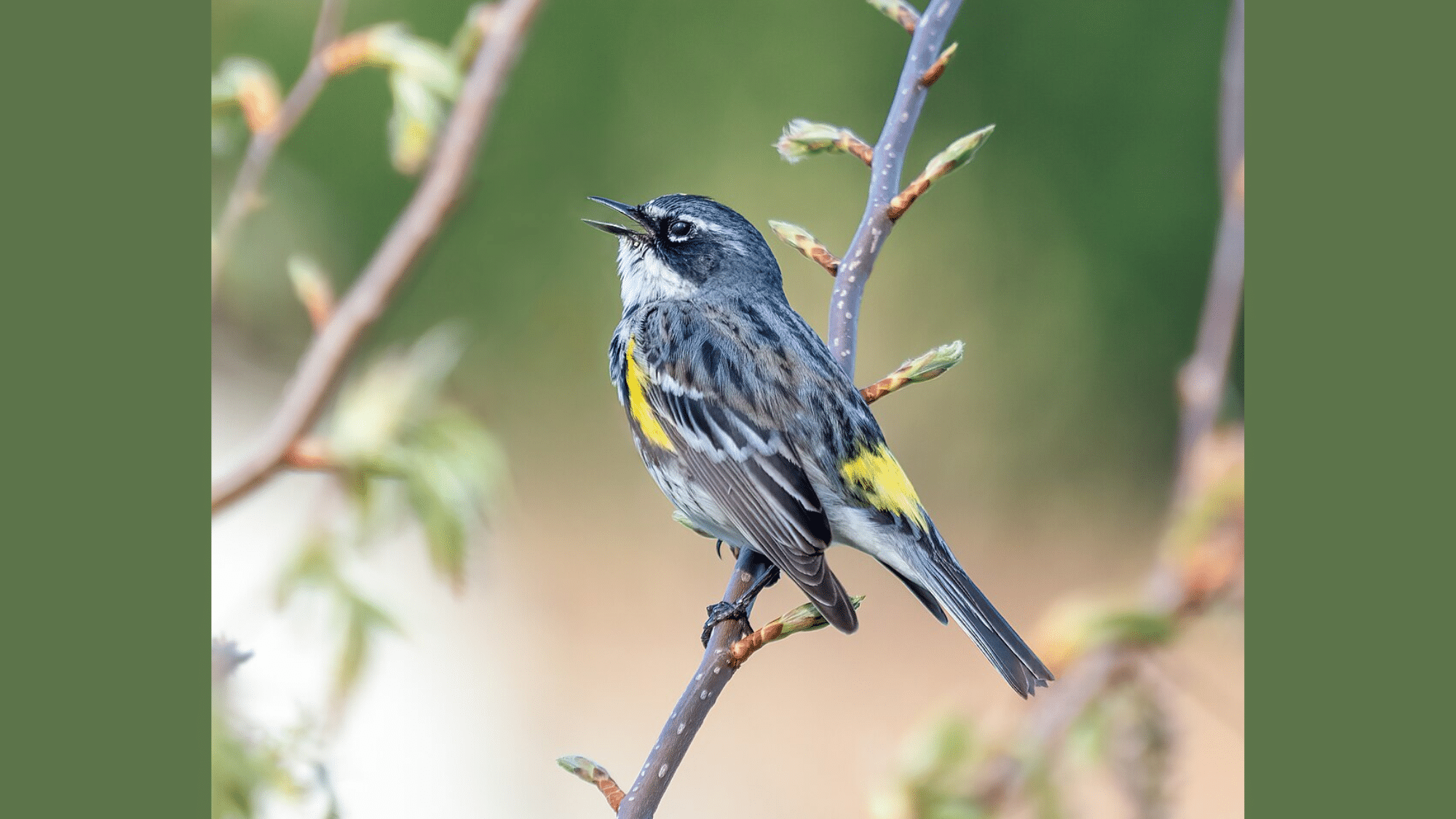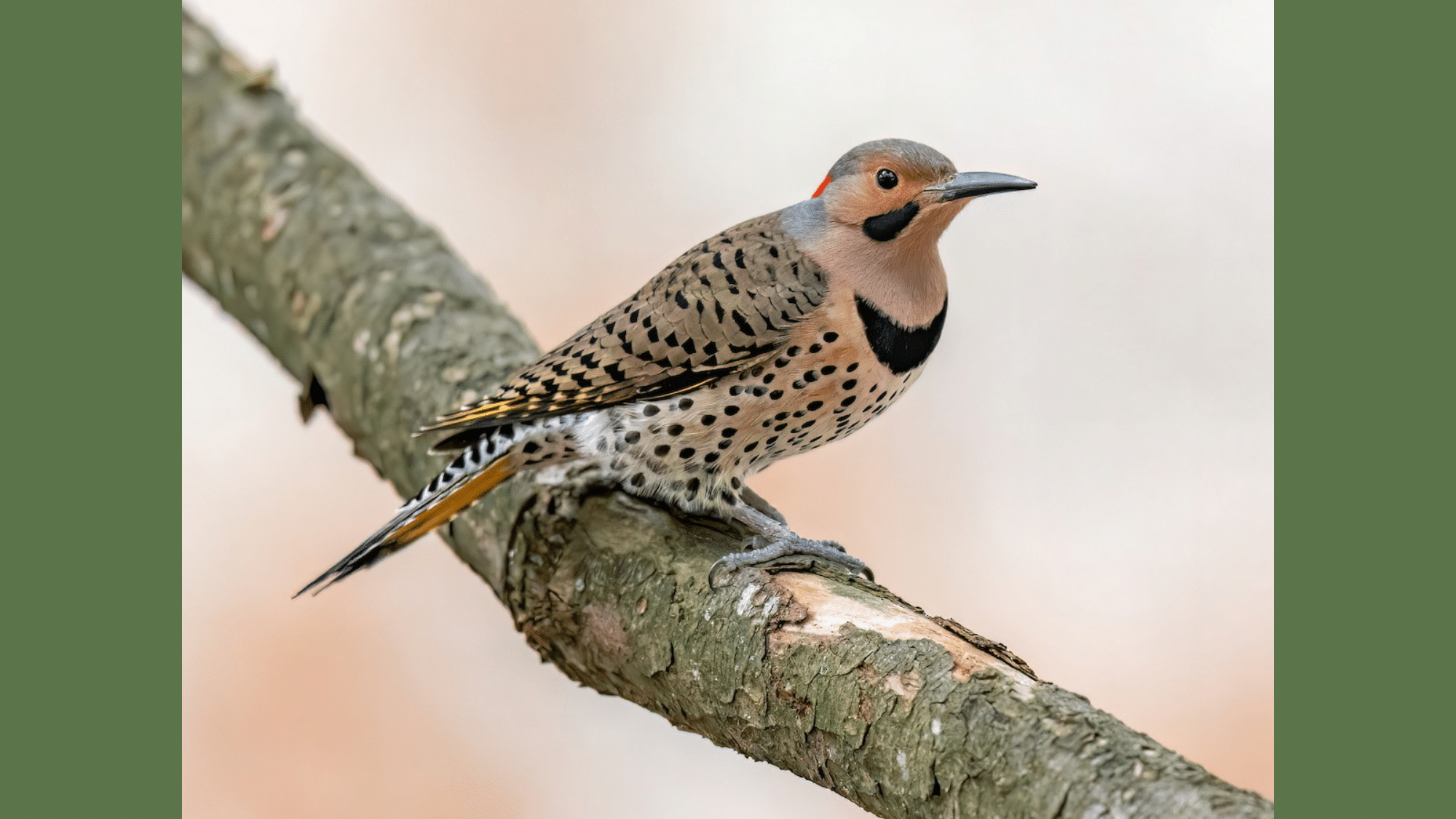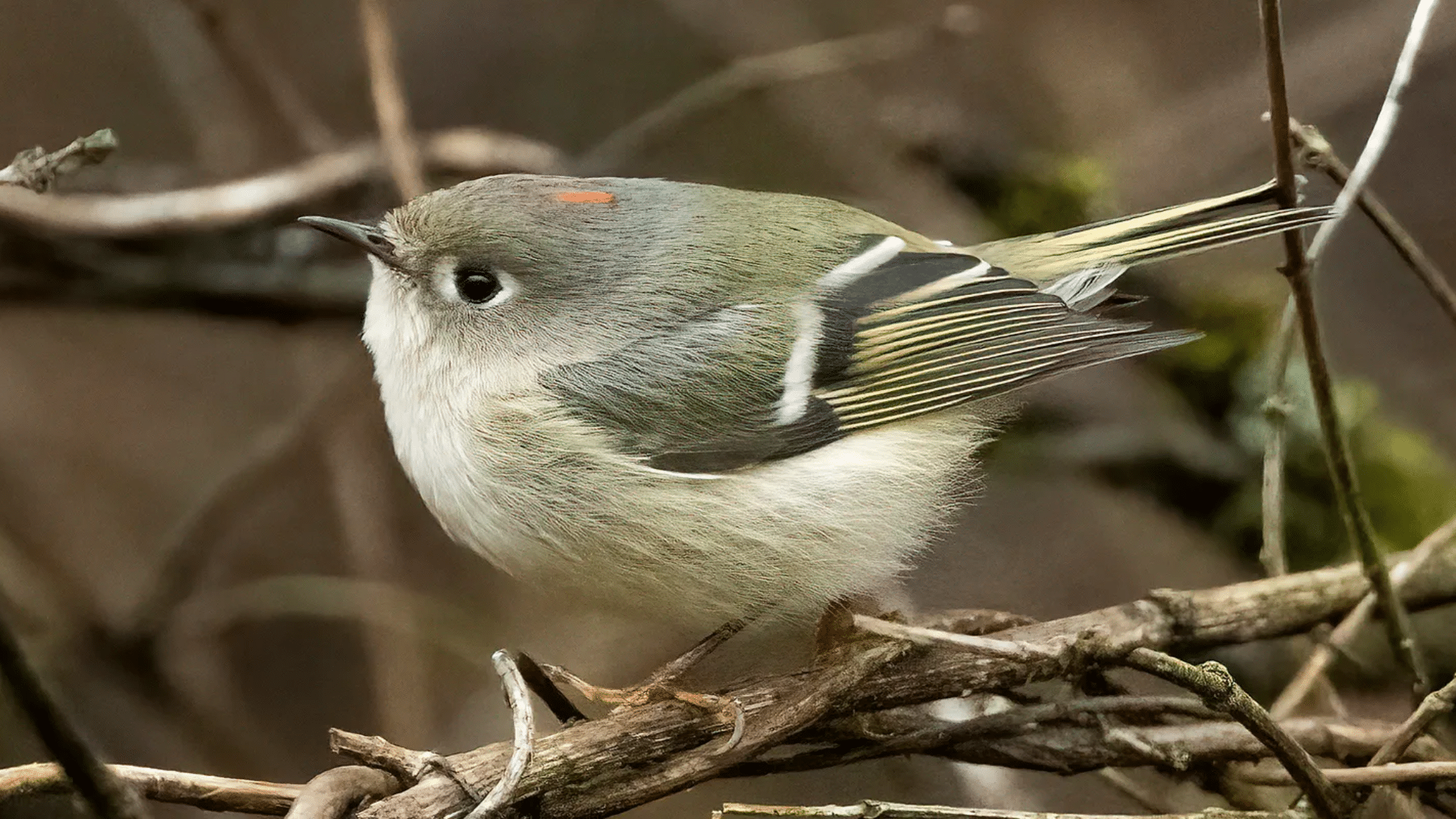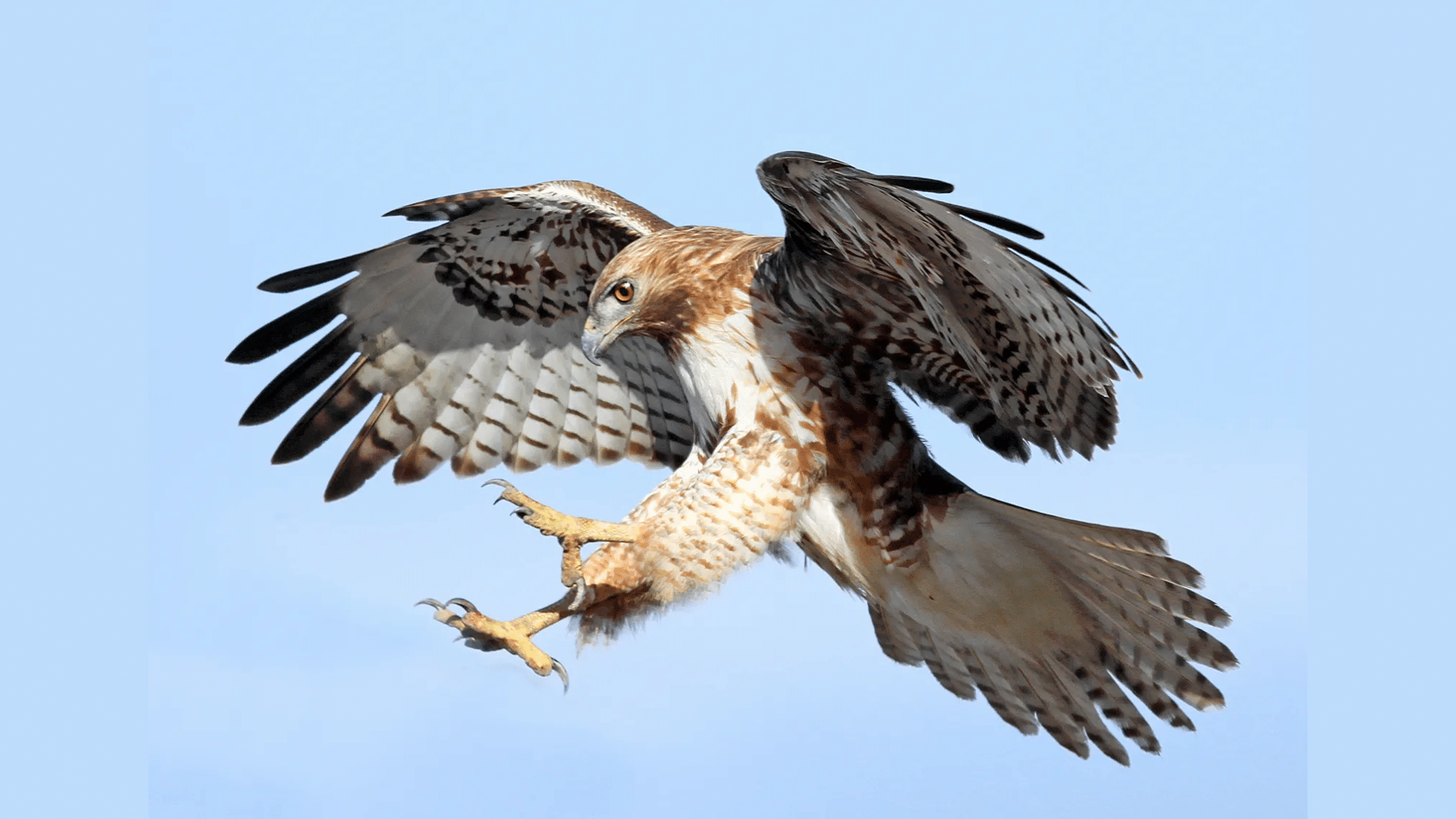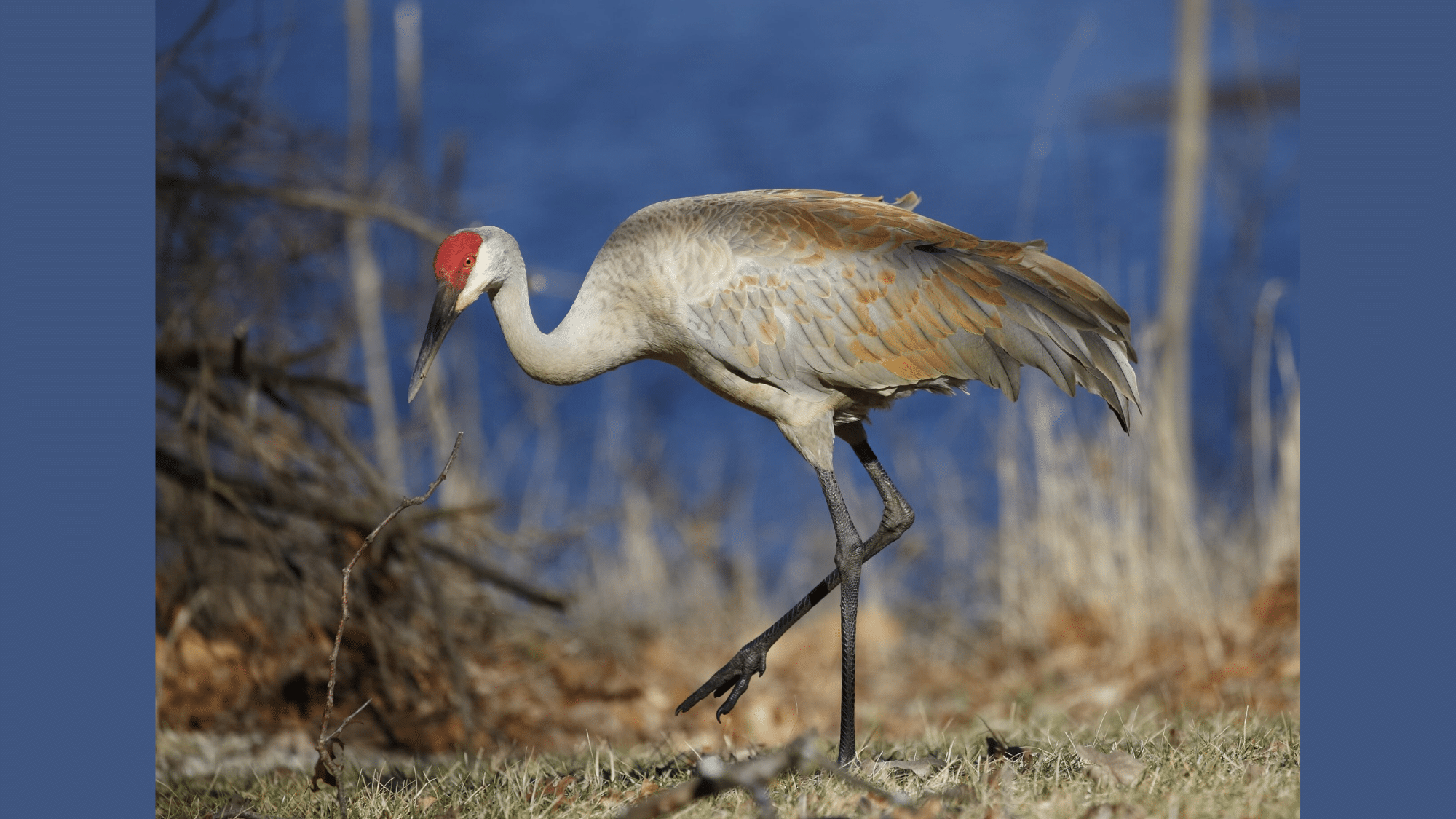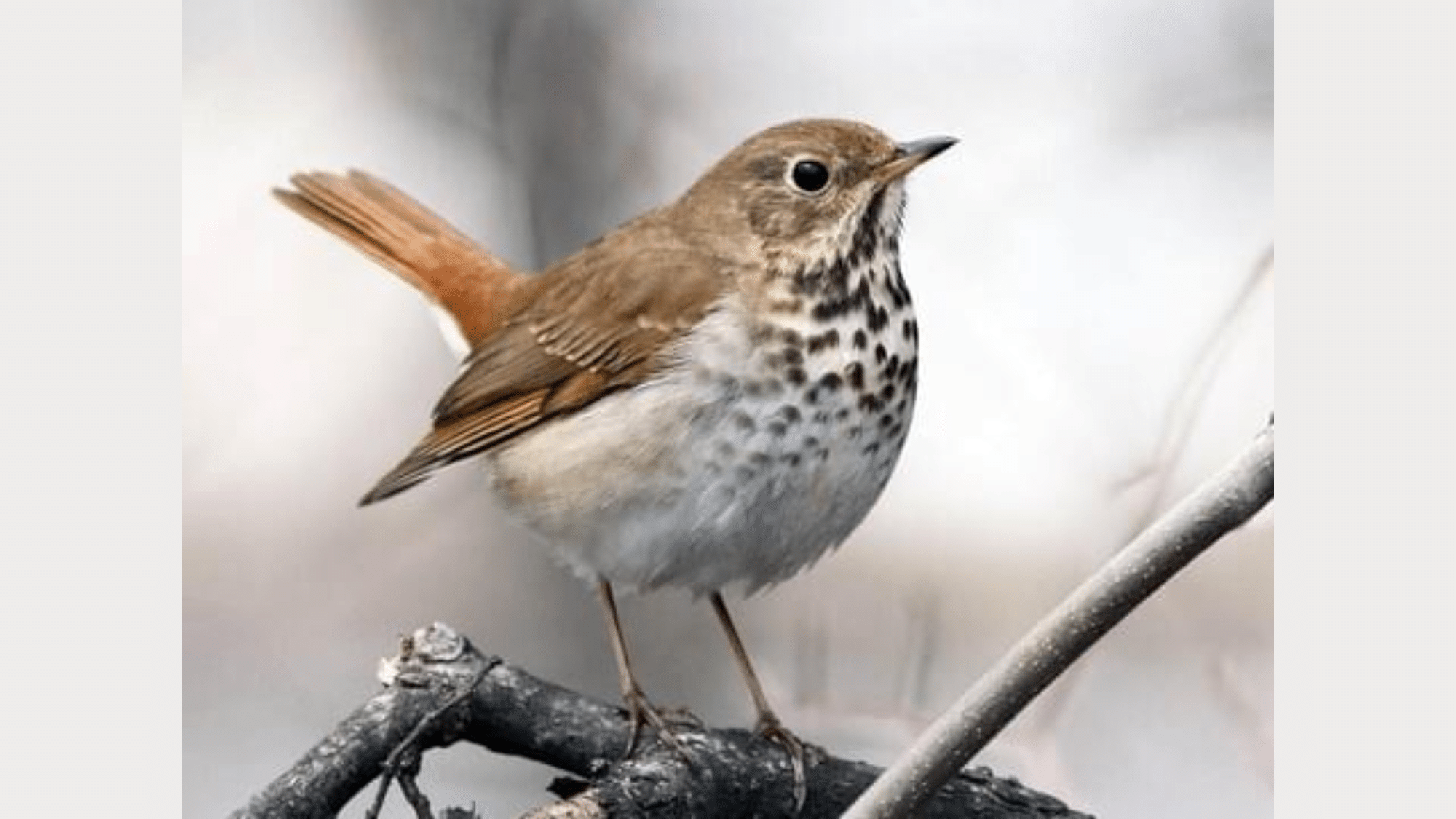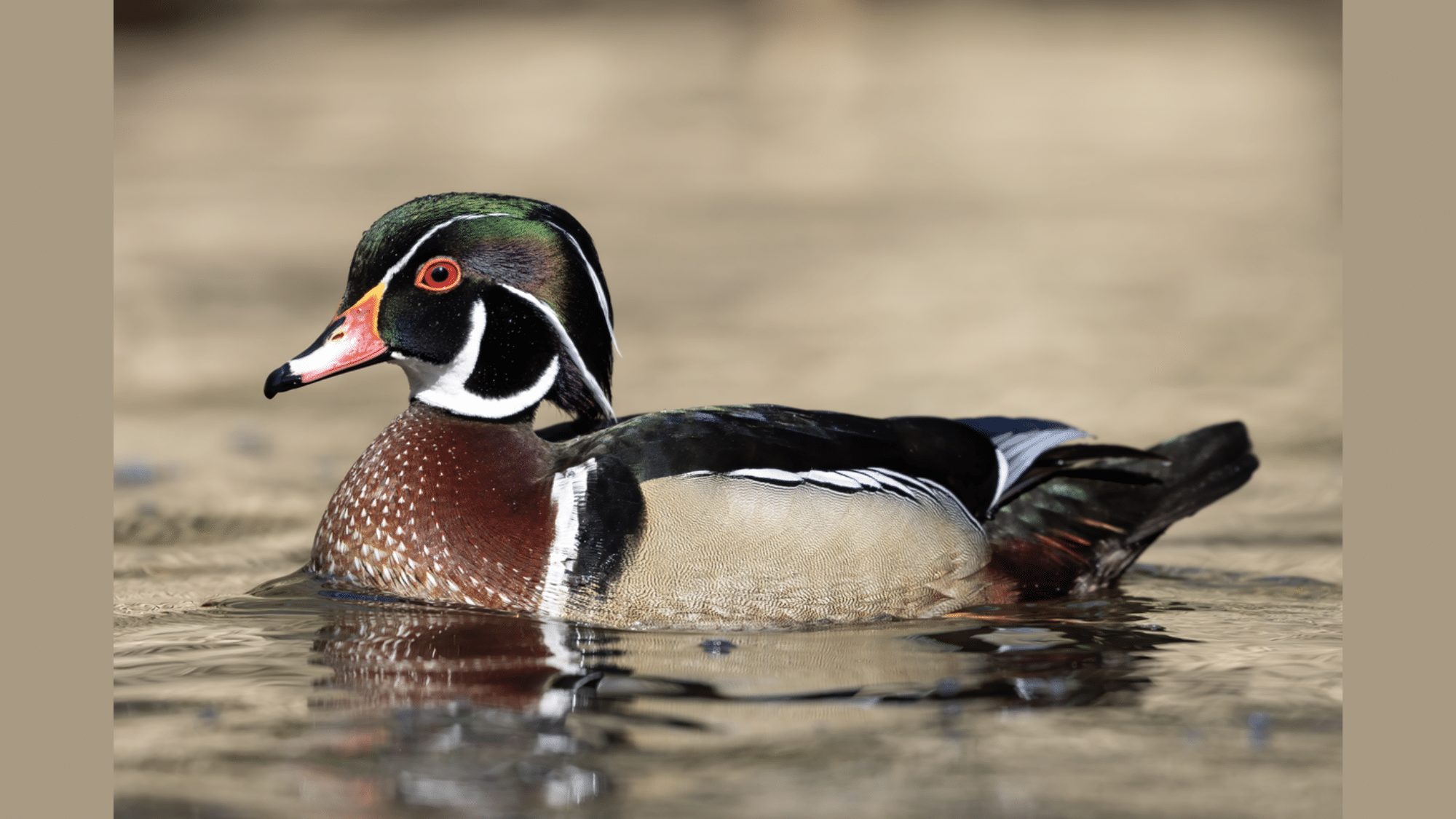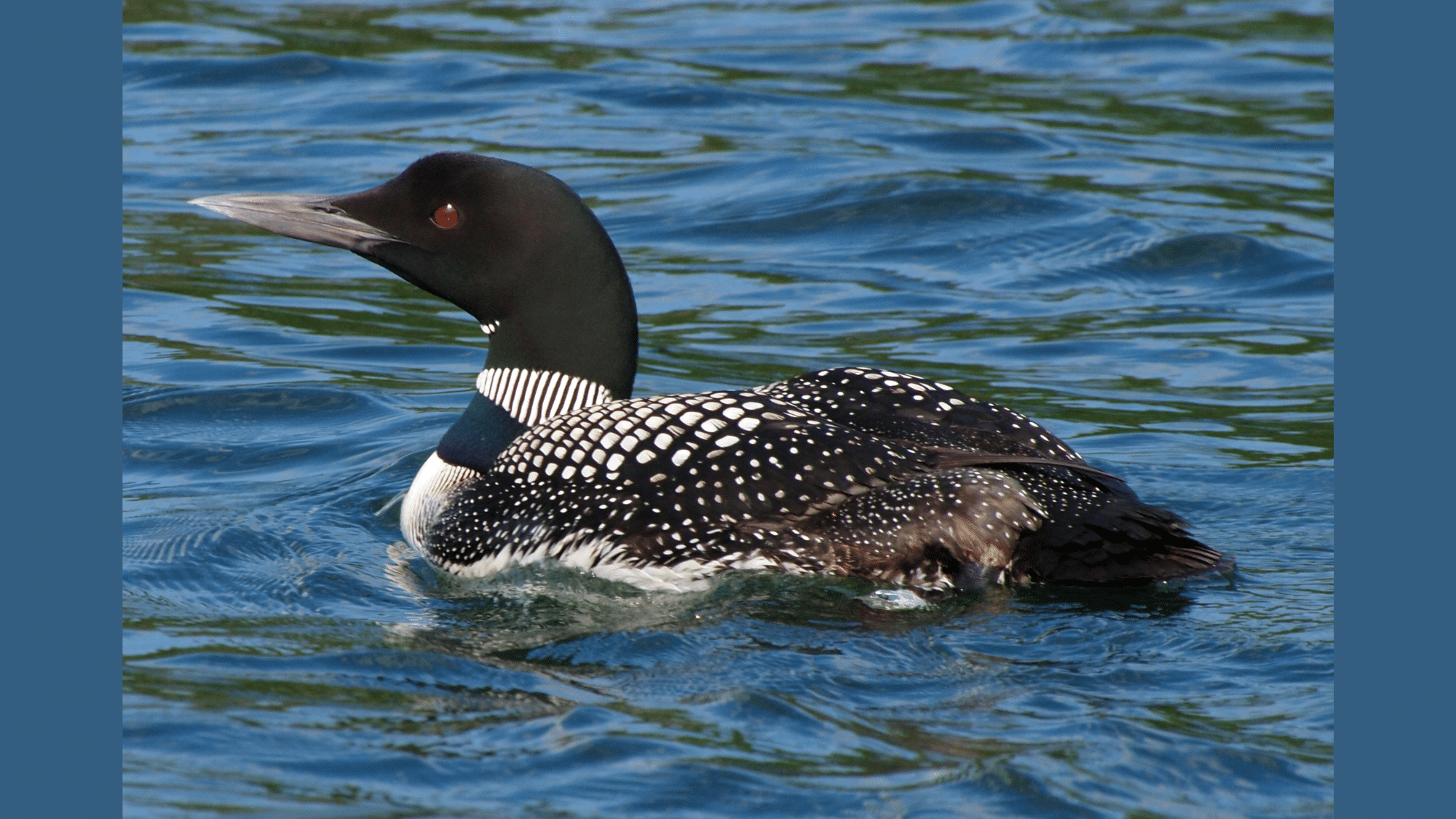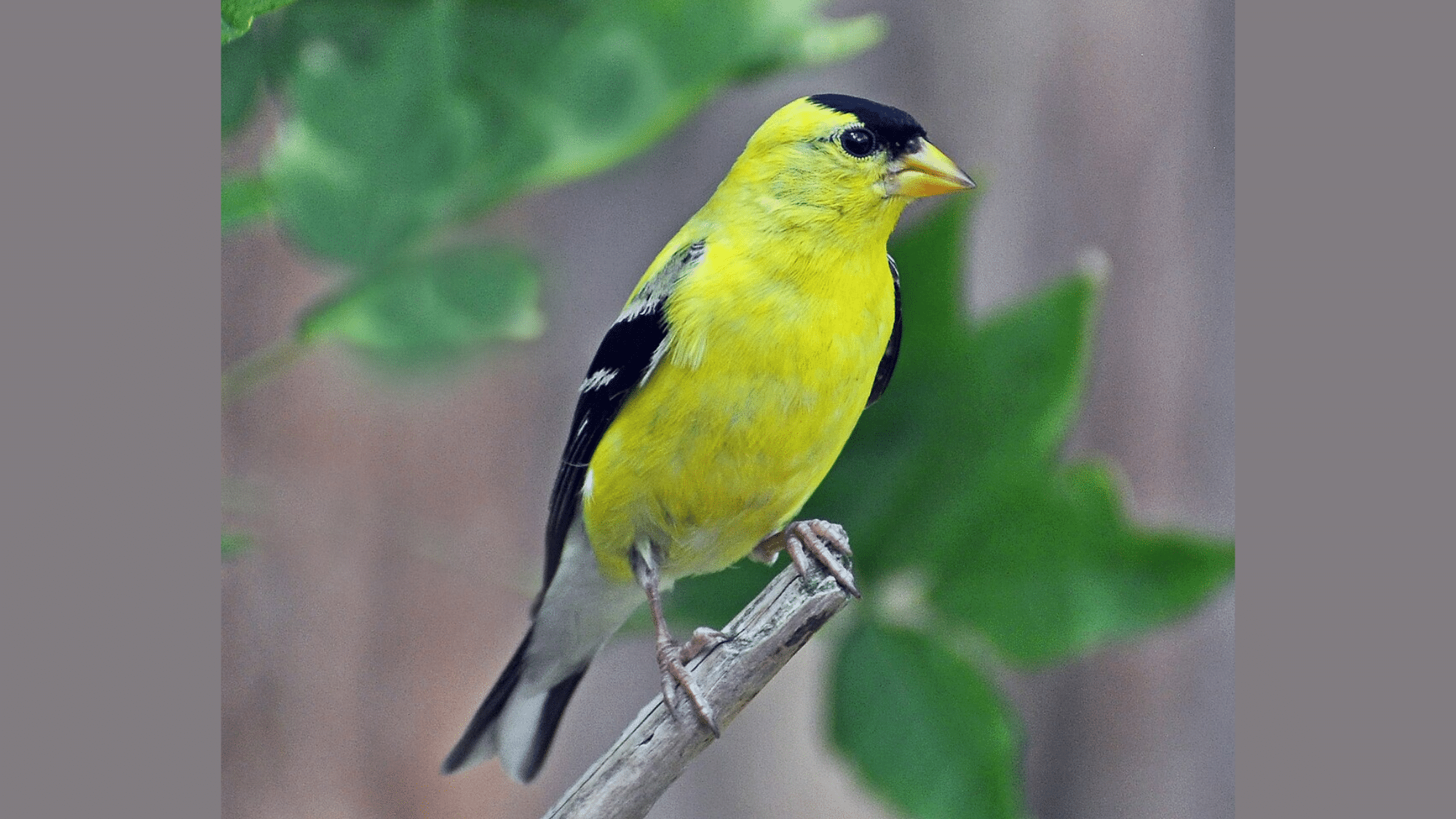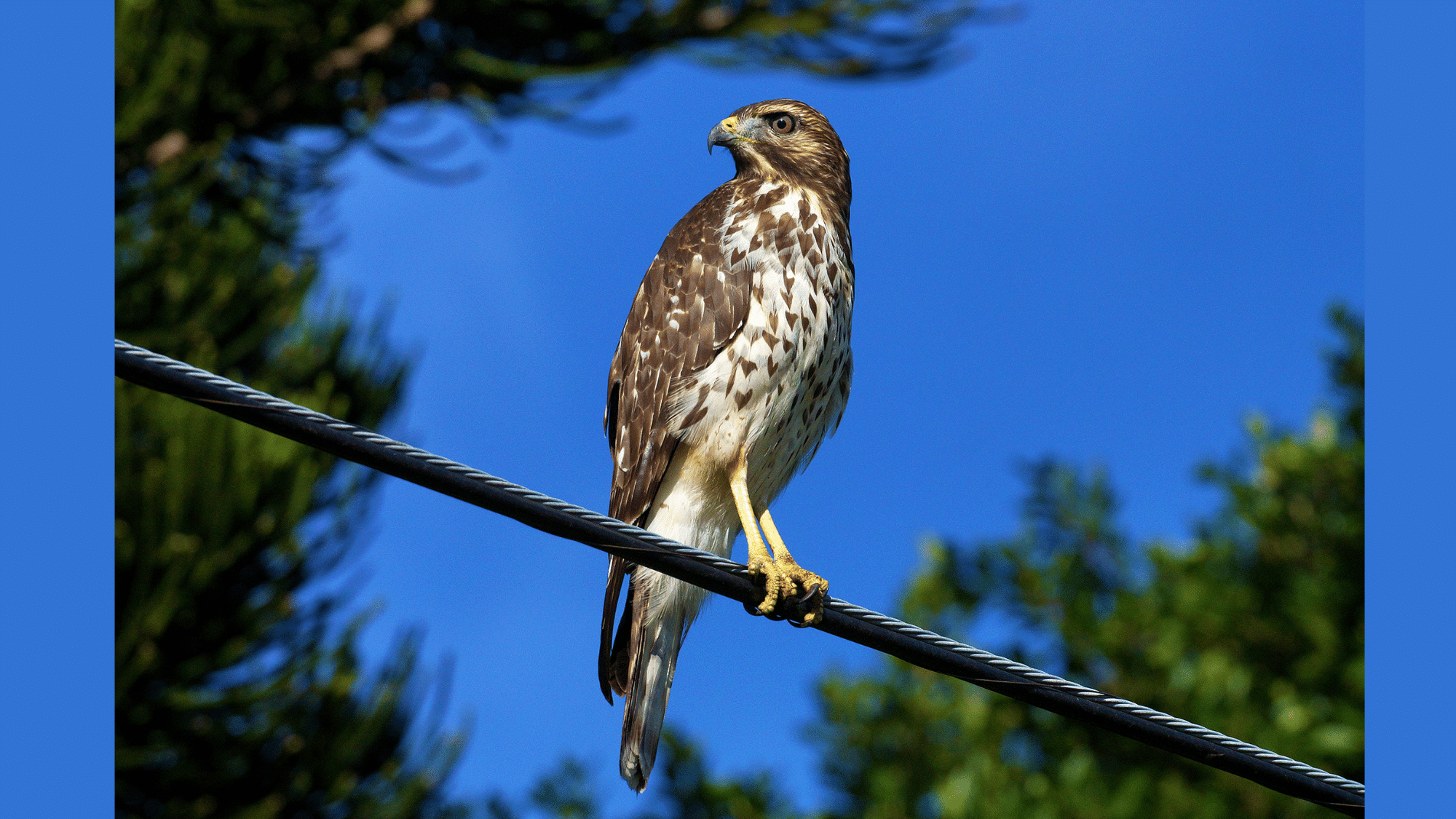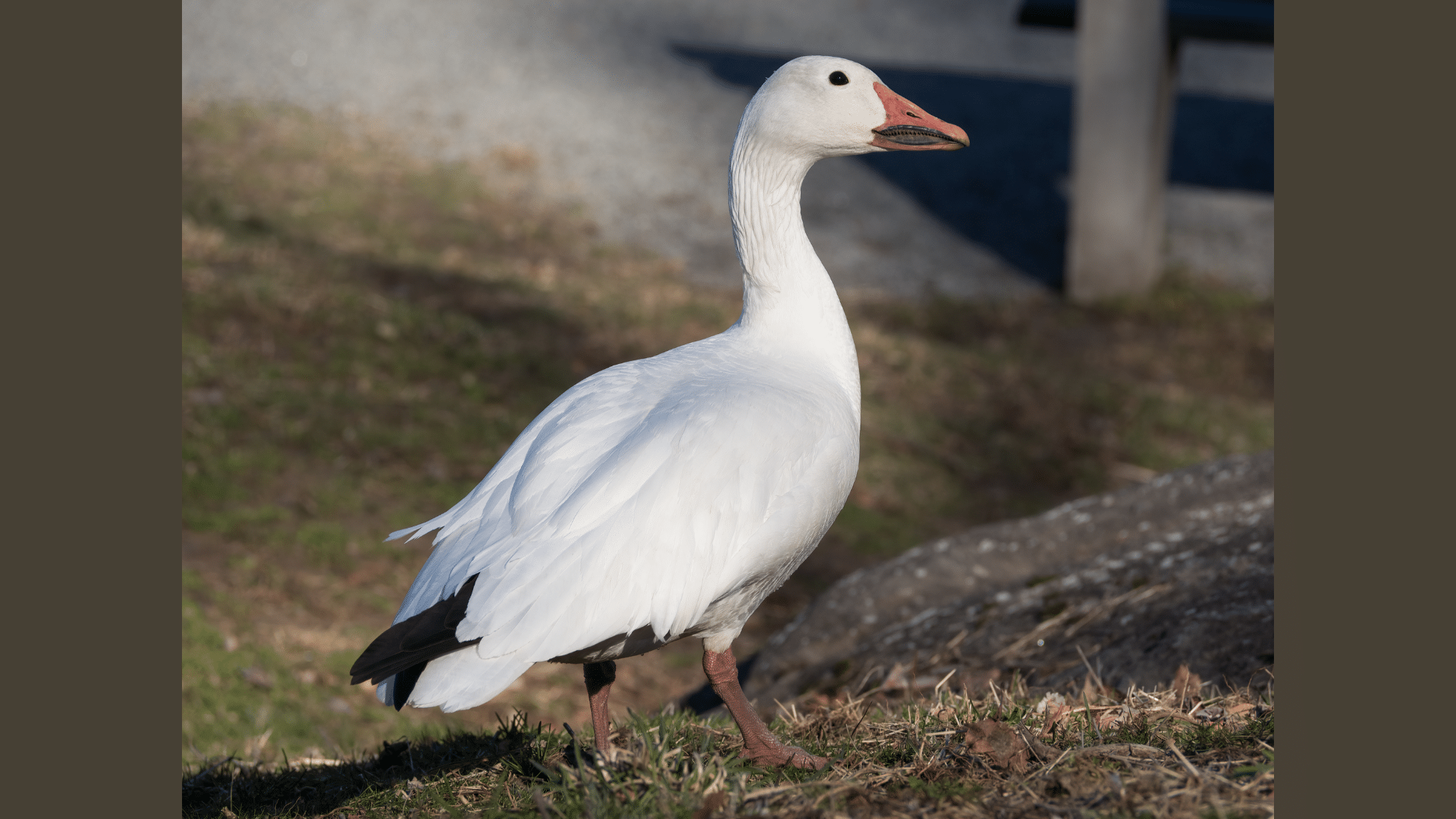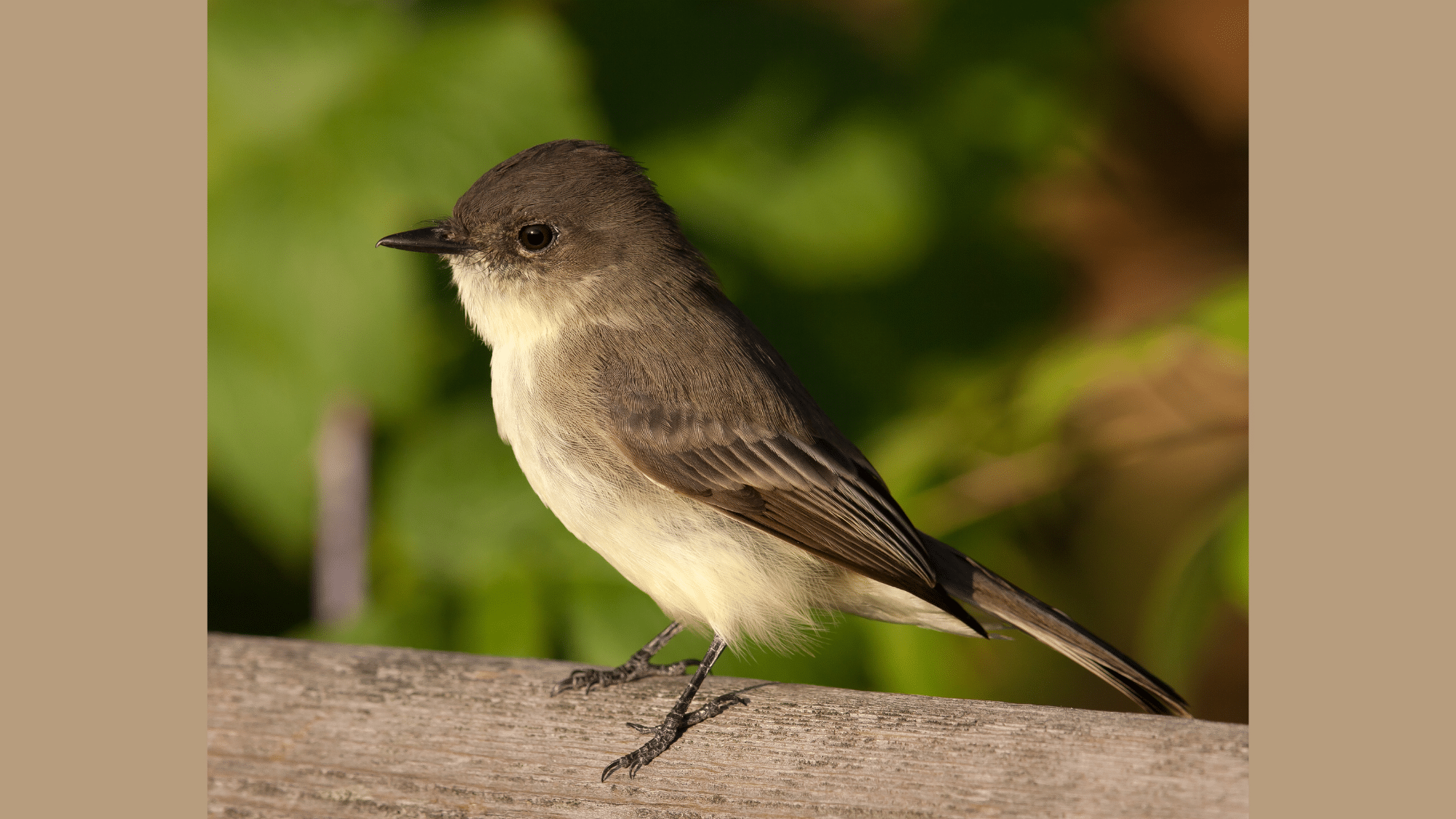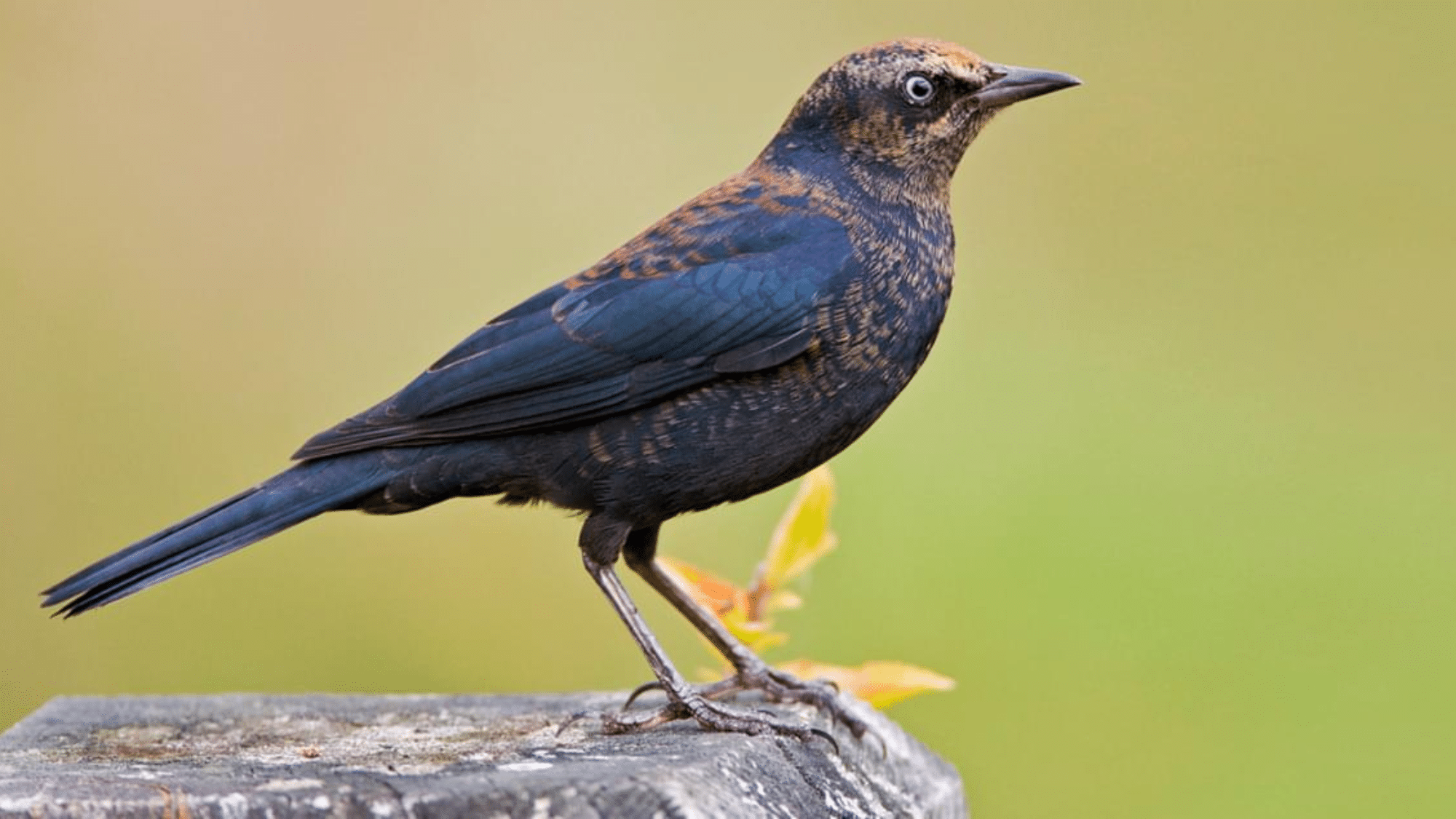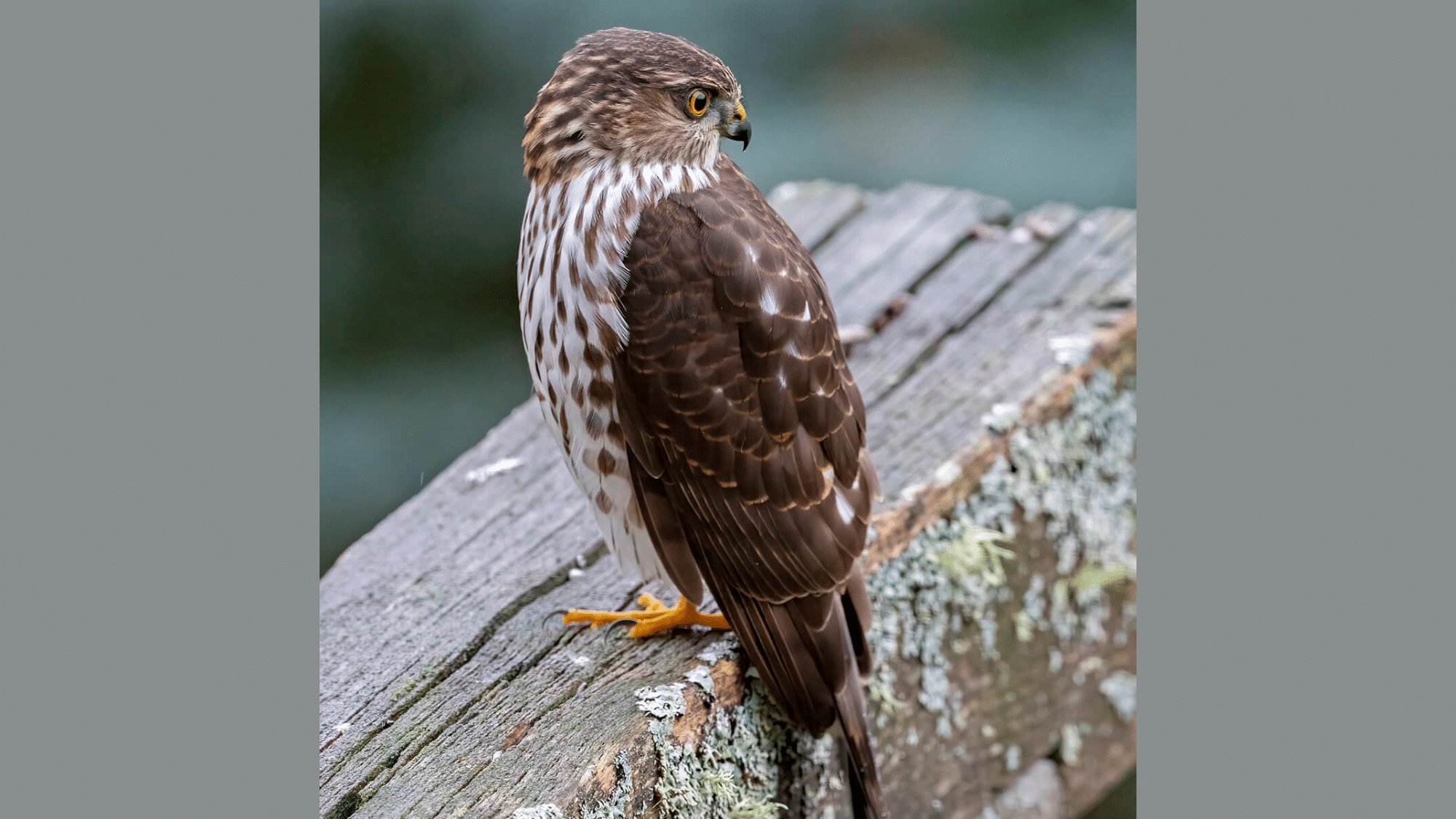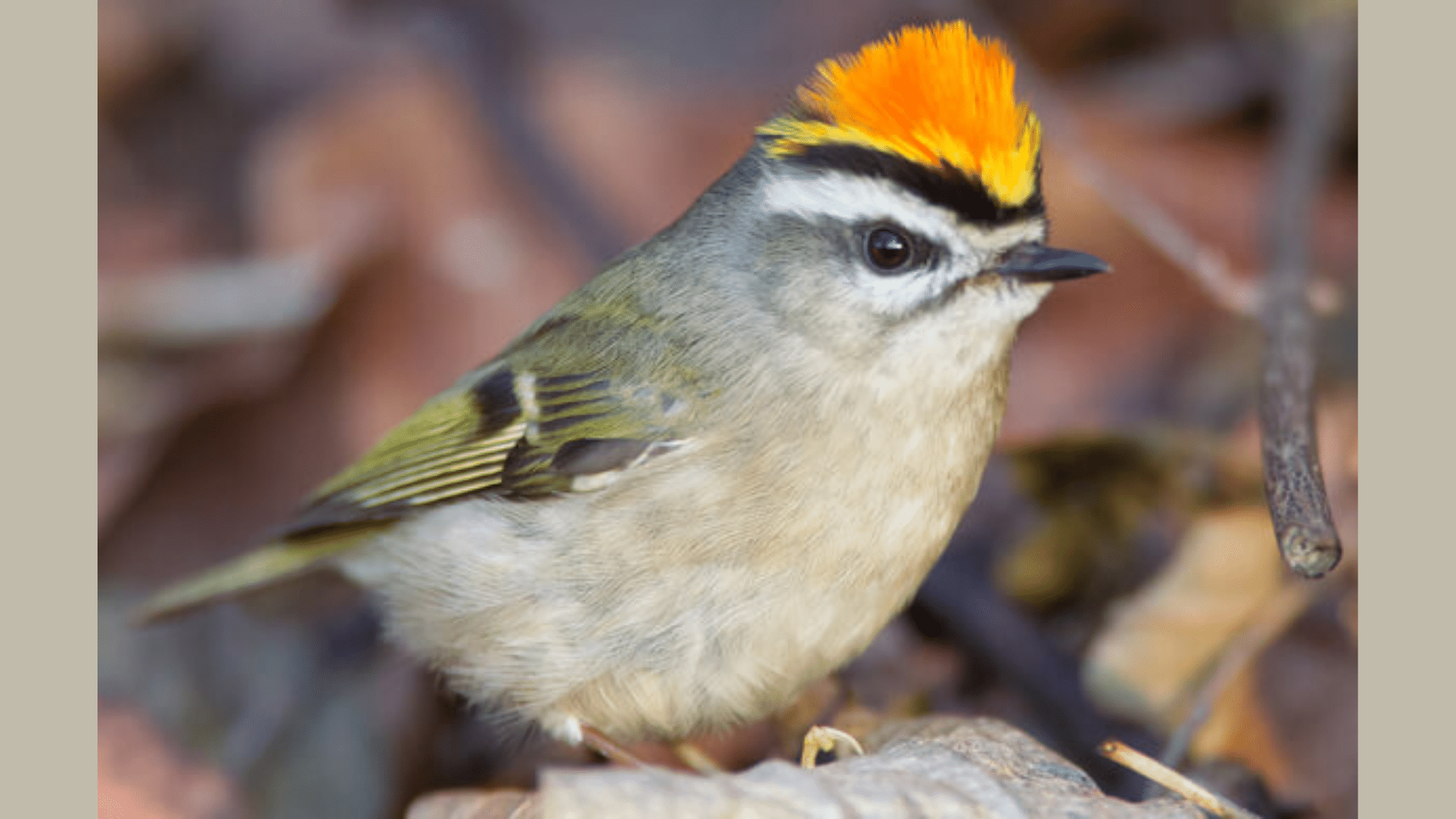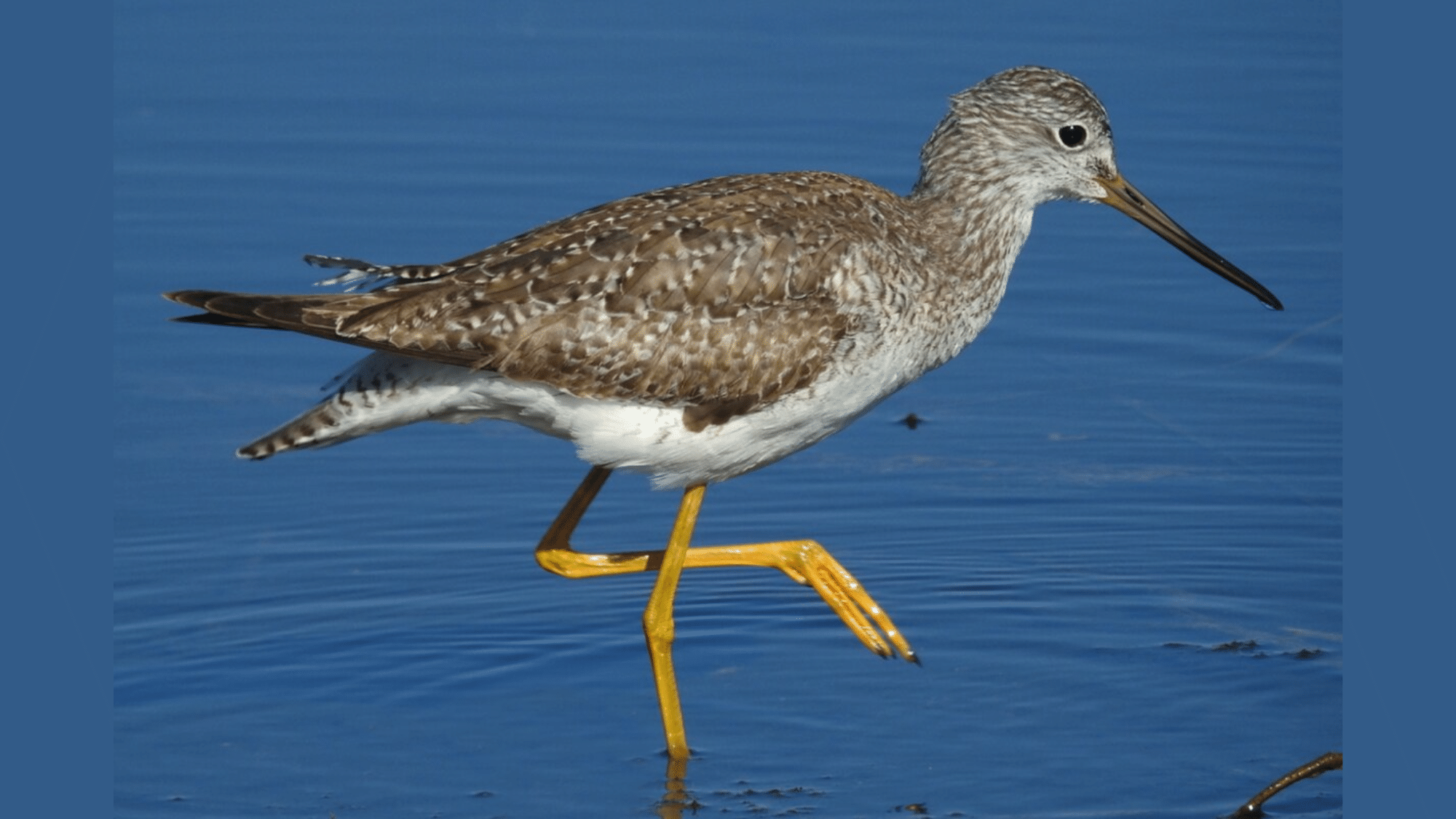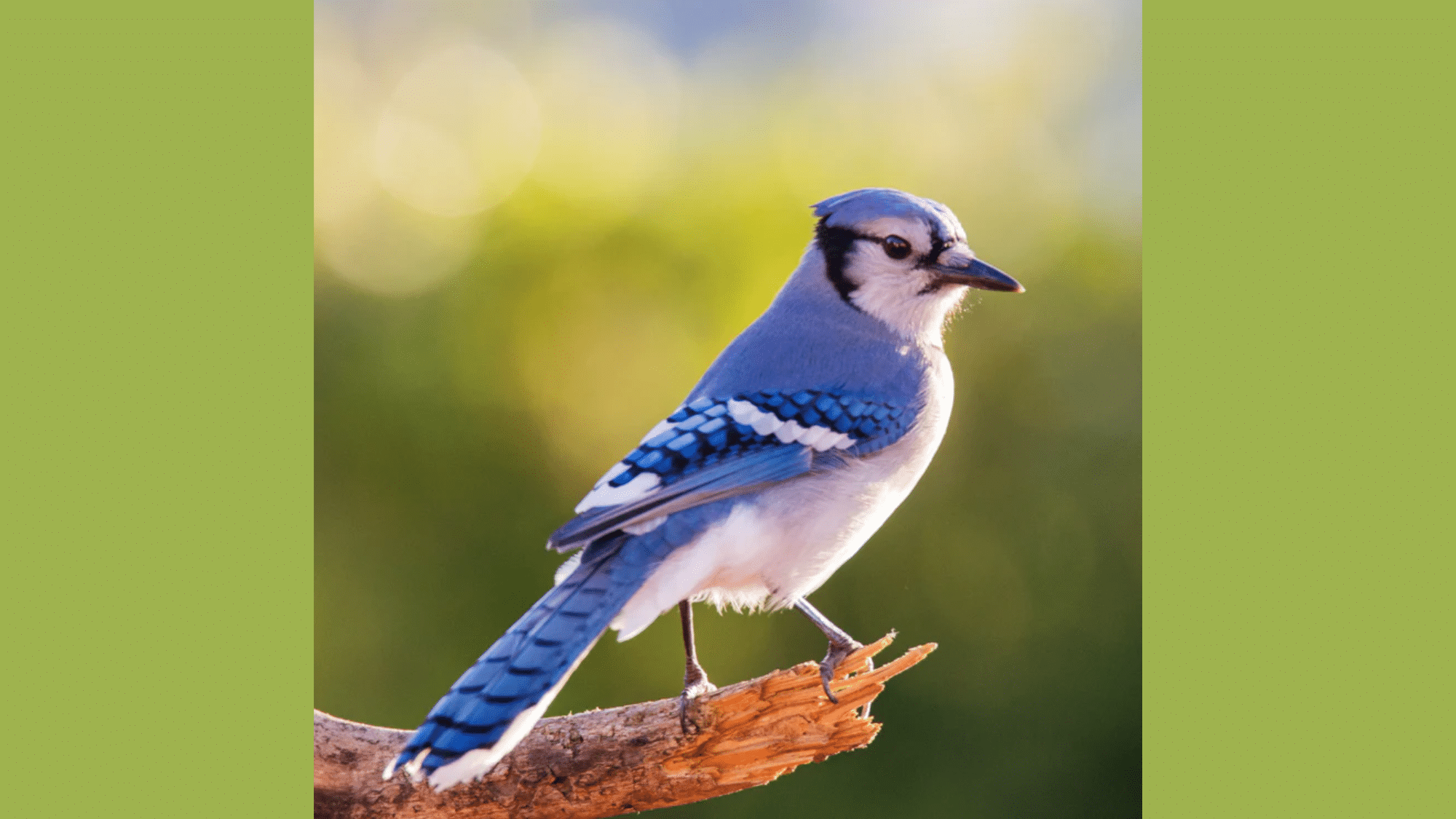Autumn isn’t just about pumpkin spice and colorful leaves; it’s migration season, when millions of birds turn your backyard into a bustling highway rest stop.
Right now, feathered travelers are passing through your neighborhood, some just grabbing a quick snack before continuing south, others settling in for the entire winter.
All you need is a notebook, maybe some binoculars, and a curious eye.
Ready to meet your seasonal neighbors? Here are the fall stars you are most likely to spot.
Your Fall Bird Guest List: Who’s Visiting This Season?
Some are familiar you wil recognize, while others might be surprise visitors you have never seen before; each with their own migration story and survival strategy.
1. American Robin (Turdus Migratorius)
American Robins stay active in autumn, shifting from lawns to forests. They form large groups and change their diet from worms to berries and fruits.
Interesting Fact: Robins can eat up to 14 feet of earthworms in a single day, and in fall, they switch to a fruit-based diet that can sometimes cause them to become slightly intoxicated from eating fermented berries.
2. Cedar Waxwing (Bombycilla Cedrorum)
Cedar Waxwings gather in large flocks during the autumn months. Their silky feathers and yellow-tipped tails make them stand out against fall foliage.
Interesting Fact: Cedar Waxwings are one of the few North American birds that can survive on fruit alone for several months, and they pass larger seeds through their digestive systems within just 30 minutes.
3. Dark-eyed Junco (Junco Hyemalis)
Dark-eyed Juncos arrive from northern forests in fall. These small, gray birds with white bellies become common at feeders across America.
Interesting Fact: Scientists track fall migration patterns by studying Juncos, as they’re so reliable in their movements that some call them “winter’s messenger”; they typically arrive within the same week each year.
4. Yellow-rumped Warbler (Setophaga Coronata)
Yellow-rumped Warblers shift from insects to berries in autumn. These adaptable birds keep their signature yellow patches even as their overall plumage becomes duller.
Interesting Fact: Yellow-rumped Warblers have a unique digestive enzyme that allows them to process the waxes in bayberries, giving them a critical food advantage over other warblers during fall and winter.
5. Northern Flicker (Colaptes Auratus)
Northern Flickers show distinctive white rumps when flying in fall. These woodpeckers spend more time on the ground than in trees, hunting for ants.
Interesting Fact: Northern Flickers eat more ants than any other North American bird, sometimes consuming thousands in a single feeding session, and they use their slightly curved bills to dig for them in the soil.
6. Ruby-crowned Kinglet (Regulus Calendula)
Ruby-crowned Kinglets move through forests and yards in autumn. Despite their tiny size, these birds travel long distances from their northern breeding grounds.
Interesting Fact: These tiny birds weigh about the same as four paperclips but can survive in below-freezing temperatures by increasing their metabolic rates and entering a state of controlled hypothermia at night.
7. White-throated Sparrow (Zonotrichia Albicollis)
White-throated Sparrows arrive in much of the US during fall. Their clear, whistling songs become a common sound in woodland edges.
Interesting Fact: White-throated Sparrows exist in two color forms that mate preferentially with the opposite type, and researchers have found they sing different dialects in different regions, with these “accents” changing over time.
8. Red-tailed Hawk (Buteo Jamaicensis)
Red-tailed Hawks become more visible as leaves fall. Their hunting increases before winter, and young hawks start their first migrations.
Interesting Fact: Red-tailed Hawks can spot a mouse from about 100 feet in the air, and autumn is when many young hawks have an 80% mortality rate as they learn to hunt independently.
9. Sandhill Crane (Antigone Canadensis)
Sandhill Cranes form massive groups during fall migration. Their trumpeting calls can be heard from miles away as they travel to their southern wintering grounds.
Interesting Fact: Some Sandhill Cranes live for more than 35 years, maintain lifelong pair bonds, and perform synchronized “dancing” displays even during fall migration stops.
10. Hermit Thrush (Catharus Guttatus)
Hermit Thrushes move through woods quietly in autumn. These brown birds with spotted breasts are often seen alone, true to their name.
Interesting Fact: The Hermit Thrush has one of the most beautiful songs of all North American birds, but they rarely sing during fall migration, saving their complex flute-like melodies for spring breeding season.
11. Wood Duck (Aix Sponsa)
Wood Ducks gather on small ponds and wetlands in fall. Males begin showing their spectacular multi-colored plumage after summer molt.
Interesting Fact: Wood Duck chicks jump from their tree nest cavities to the ground or water below when just one day old, falling from heights of up to 290 feet without injury.
12. Common Loon (Gavia Immer)
Common Loons shift from northern lakes in autumn. They exchange their striking summer patterns for simpler gray-and-white winter colors.
Interesting Fact: Common Loons are awkward on land but exceptional swimmers that can dive up to 200 feet deep and stay underwater for nearly five minutes when hunting fish.
13. American Goldfinch (Spinus Tristis)
American Goldfinches change from bright yellow to olive-brown in fall. Males and females look similar during this season as they form larger flocks.
Interesting Fact: Unlike most songbirds, American Goldfinches molt all their feathers twice a year, and they’re one of the strictest vegetarians in the bird world, eating only plant materials.
14. Broad-winged Hawk (Buteo Platypterus)
Broad-winged Hawks form enormous circular groups in fall. These “kettles” can contain thousands of birds riding thermal air currents southward.
Interesting Fact: Some Broad-winged Hawk kettles grow so large they appear on weather radar, and a single hawk may travel over 4,000 miles from Canada to South America each fall.
15. Snow Goose (Anser Caerulescens)
Snow Geese create spectacular sky-filling formations in autumn. Their white feathers (or blue-gray in some) contrast against fall skies during mass movements.
Interesting Fact: Snow Goose populations have grown so dramatically that they’re causing habitat damage in the Arctic; some birds have adapted to eat agricultural crops during fall migration.
16. Eastern Phoebe (Sayornis Phoebe)
Eastern Phoebes linger later than other flycatchers in fall. These gray-brown birds constantly pump their tails while perched on low branches.
Interesting Fact: Eastern Phoebes were the first birds ever banded in North America when John James Audubon tied silver threads to their legs in 1804 to track their return to the same sites.
17. Rusty Blackbird (Euphagus Carolinus)
Rusty Blackbirds show reddish-brown feather edges in autumn. These once-common birds have become increasingly rare in recent decades.
Interesting Fact: Rusty Blackbird populations have decreased by over 85% since the 1970s, making them one of the most rapidly declining bird species in North America.
18. Sharp-shinned Hawk (Accipiter Striatus)
Sharp-shinned Hawks follow songbird migrations in fall. These small hawks with long tails dash through woods and visit backyard feeders, hunting smaller birds.
Interesting Fact: Sharp-shinned Hawks can fly through dense forest at high speeds, making split-second adjustments with their tail to avoid branches while pursuing prey.
19. Golden-crowned Kinglet (Regulus Satrapa)
Golden-crowned Kinglets move through northern states in autumn. These tiny olive birds with bright yellow head stripes seem constantly active.
Interesting Fact: Golden-crowned Kinglets are so small that they must eat constantly during daylight hours, consuming up to four times their body weight daily to survive.
20. Greater Yellowlegs (Tringa Melanoleuca)
Greater Yellowlegs pass through wetlands during fall travels. These tall shorebirds with long yellow legs probe mud and shallow water for food.
Interesting Fact: Greater Yellowlegs have specialized bills with sensitive tips that can detect prey by touch, allowing them to feed at night or in murky water conditions.
21. Blue Jay (Cyanocitta Cristata)
Blue Jays become more visible collecting and storing acorns in the fall. Their bright blue feathers stand out against autumn colors as they prepare for winter.
Interesting Fact: Blue Jays can carry up to five acorns at once, three in their throat pouch, one in their mouth, and one in their bill, and a single jay may plant thousands of trees in its lifetime.
That’s a Wrap
Fall bird watching isn’t just about spotting feathered visitors: it’s about joining a timeless rhythm that’s been happening for millennia.
Every bird you add to your list becomes part of your personal nature story, connecting you to migration patterns older than human history.
Whether it’s a flash of red from a cardinal or the graceful V-formation of geese overhead, each moment reminds us that we’re sharing this world with remarkable travelers.
Your notebook is ready, the birds are moving; autumn’s greatest show is about to begin.

